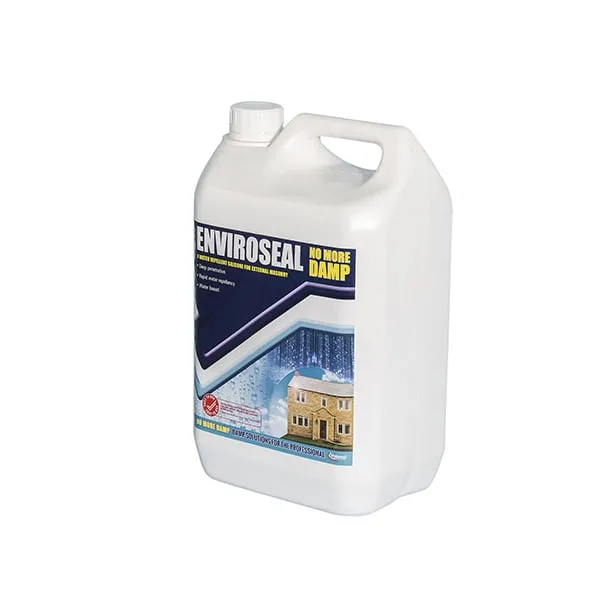Last Updated on March 26, 2025 by Ferg
Damp walls are a common problem that can lead to structural damage, mold growth, and an overall unhealthy indoor environment. Whether caused by poor ventilation, leaks, or condensation, it’s essential for home and business owners to address these issues early on to save them money down the road. To understand how to prevent damp walls, one must know what to look for and the maintenance involved. This guide will discuss ten effective ways to keep your property in top condition, from the experts at The Damp Store.

1. Check and Repair Cracks
Cracks in walls, both internal and external, allow moisture to seep in, leading to dampness. We recommend that you regularly inspect your walls for any cracks and seal them using high-quality fillers or cement. For more severe cracks, professional repairs may be necessary. Ensuring that your walls are structurally sound is the first step in dealing with damp wall problems.

2. Waterproof External Walls and Roof
Applying waterproof coatings to external walls and the roof helps to prevent damp concrete walls from absorbing moisture. Damp proof wall paint and waterproof sealers act as barriers against rain and humidity, keeping moisture out. This is why investing in quality waterproofing solutions is essential for long-term protection against damp on internal walls.

3. Install a Damp Proof Course
A damp proof course (DPC) is a barrier that prevents moisture from rising through walls from the ground. If your property lacks DPC or has an ineffective one, installing or upgrading it can be an effective way to prevent damp walls. Chemical damp proofing injections can also be used to create a protective layer against rising damp.

4. Improve Ventilation
Poor ventilation can trap moisture inside your home, leading to condensation and damp issues. You can install extractor fans in bathrooms and kitchens to easily reduce humidity levels. Also, keeping windows open regularly and using dehumidifiers can help improve your home’s airflow and prevent you from dealing with damp walls.

5. Fix Gutter Issues
Clogged or damaged gutters can cause water to overflow and seep into walls, leading to damp concrete walls. The best solution is to regularly clean and maintain your gutters to ensure proper drainage as well as install gutter guards to help prevent blockages and keep water flowing away from your home.

6. Repair Leaks (Inspect Roof, Gutters, Downpipes, and Plumbing)
Leaks from roofs, gutters, downpipes, and plumbing systems are significant contributors to damp problems. This is why it’s important to conduct routine inspections to identify any leaks and repair them immediately. Ensuring that water is properly diverted away from your home will help in dealing with damp walls.

7. Check the Drainage
Poor drainage around your property can cause water to pool near walls, increasing your risk of damp penetration. This can be easily fixed by making sure that the ground slopes away from your home and that drainage channels are clear. Installing a French drain or improving soil grading are great methods for preventing damp walls, as it can direct water away from the foundation.

8. Insulate Walls
Proper wall insulation reduces condensation by maintaining stable indoor temperatures. Depending on your budget and property structure, both internal and external options are available. An easy solution to how to cure damp walls is to invest in quality insulation to improve efficiency.

9. Avoid Drying Clothes Indoors
Drying clothes indoors increases indoor humidity, leading to condensation and damp on internal walls. If drying indoors is necessary, ensure that windows are open or that you’re using a dehumidifier to absorb excess moisture. However, when possible, dry your clothing outside or use a vented tumble dryer, as these methods are how to prevent dampness in walls.

10. Use Waterproof Paint and Sealers Indoors
Using damp proof paint for internal walls is an effective way for reducing moisture absorption. Additionally, applying high-quality damp proof wall paint creates a moisture-resistant barrier that will help to prevent mold growth and further prevent any damp-related issues. Sealers are also great when used on problem areas to reinforce protection against damp walls.
Conclusion
Preventing damp walls requires a combination of proactive maintenance, waterproofing solutions, and proper ventilation. By addressing cracks, fixing leaks, improving drainage, and using damp proof paint for internal walls, you can effectively protect your home from moisture-related damage. Further, understanding how to cure damp walls and implementing these preventative measures will ensure a dry, safe, and comfortable living environment.

